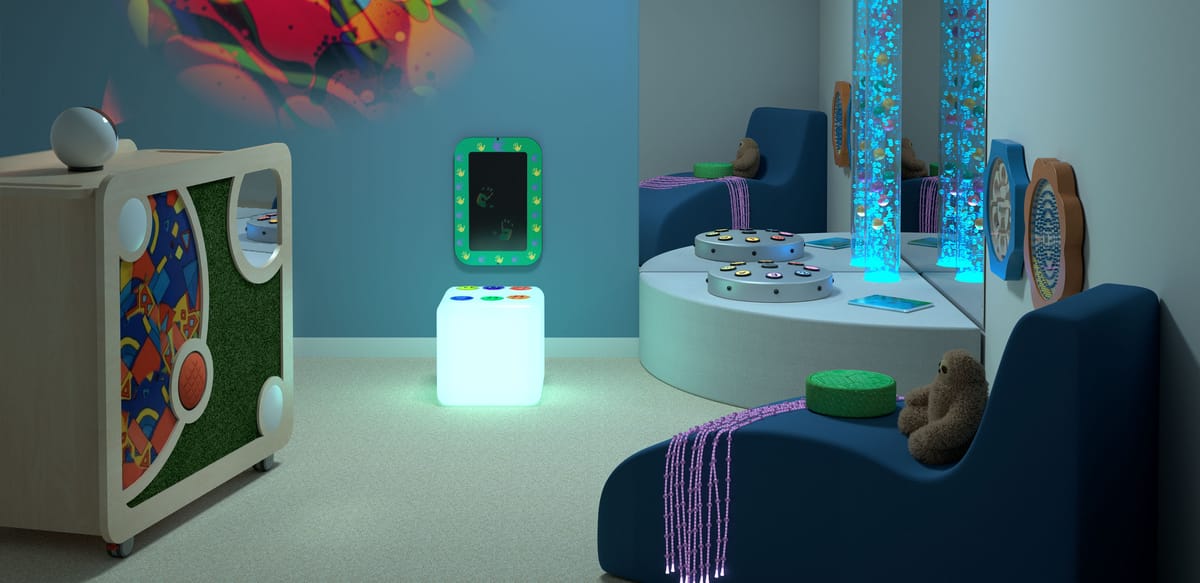Inclusive Futures: Awareness Campaign For Neurodiversity In Public Spaces

I took great time with this brief in considering hitting a demographic that needed raised awareness of this issue the most.
My first thought, was the education system. Neurodiversity in children is something, that though is more widely recognised than it ever has been, is still a prevalent issue in teachers, parents and schooling systems not recognising masked traits of Autism, ADHD and other disorders. The school environment is still a public space, and somewhere that can become scary for children who feel they are in a world not built for them.
This lack of recognition then further translates into the children themselves. In a class setting neurotypical and neurodivergent children can face difficulty understanding one another's behaviours, resulting in early stages of prejudice in children.
I felt an effective campaign would create awareness in children, bridging that gap of misunderstanding, and giving children ways of interactive play and learning between one another, regardless of mental differences. Additionally to this, my campaign would bring more stimulating and inclusive methods of education, friendly to the symptoms of ADHD, Autism, Dyslexia. This is something I feel current schooling methods don't account for, and something that new technologies can really assist with.
Understood.org launched the 'Be The Reason' Campaign. This campaign has similar ideas to this. This campaign included providing activity packs that encourage children to discuss their feelings in an engaging way. This works to improve parent-child communication, whereas I feel communication between children themselves in very important also.
So how would this be executed? Initial ideas include creating a free supervised, public space, rife with activities for children. Within this space, there are plenty of education opportunities designed for all children, but engineered to show a new way of learning. Augmented Reality, for example can be a large contributor to this. It has been done countless times, even in its early stages with apps like Apple's Measure app, Satellite Maps, and even Pokemon Go. The novelty of these is how magical AR feels, especially to children. Something as engaging as this can be a great tool in education to children, especially those with attention deficit disorders. For example, in this play space, interactive lessons could be conducted, regarding subjects such as space or dinosaurs, providing context to the theory by allowing the children to explore different dinosaurs or planets within an AR stratosphere.
Other ideas include Sensory Areas, showing the importance of grounding children in an engaging but not overwhelming space. The supervised element of the play space would ensure that children stay respectful to the other children in the area, encouraging quiet time. The sensory element of these spaces could utilise projectors, again showing how current technology can be a great tool in building inclusive spaces. Those children that don't feel they would like to be quiet, can be redirected to other spaces, for example, Music Therapy spaces.
Discussing mental health topics to children, is generally quite an uncomfortable idea. It is a complex topic, that requires undivided attention and engagement for a child to understand. To take this idea and use activities to engineer a respect within neurotypical children for neurodivergent children through finding mutual activities at least gives children the subconscious extra kindness, without causing confusion and division. I feel this method can be greatly effective in ensuring the all too important developmental stages for neurodivergent children are as safe as possible.
